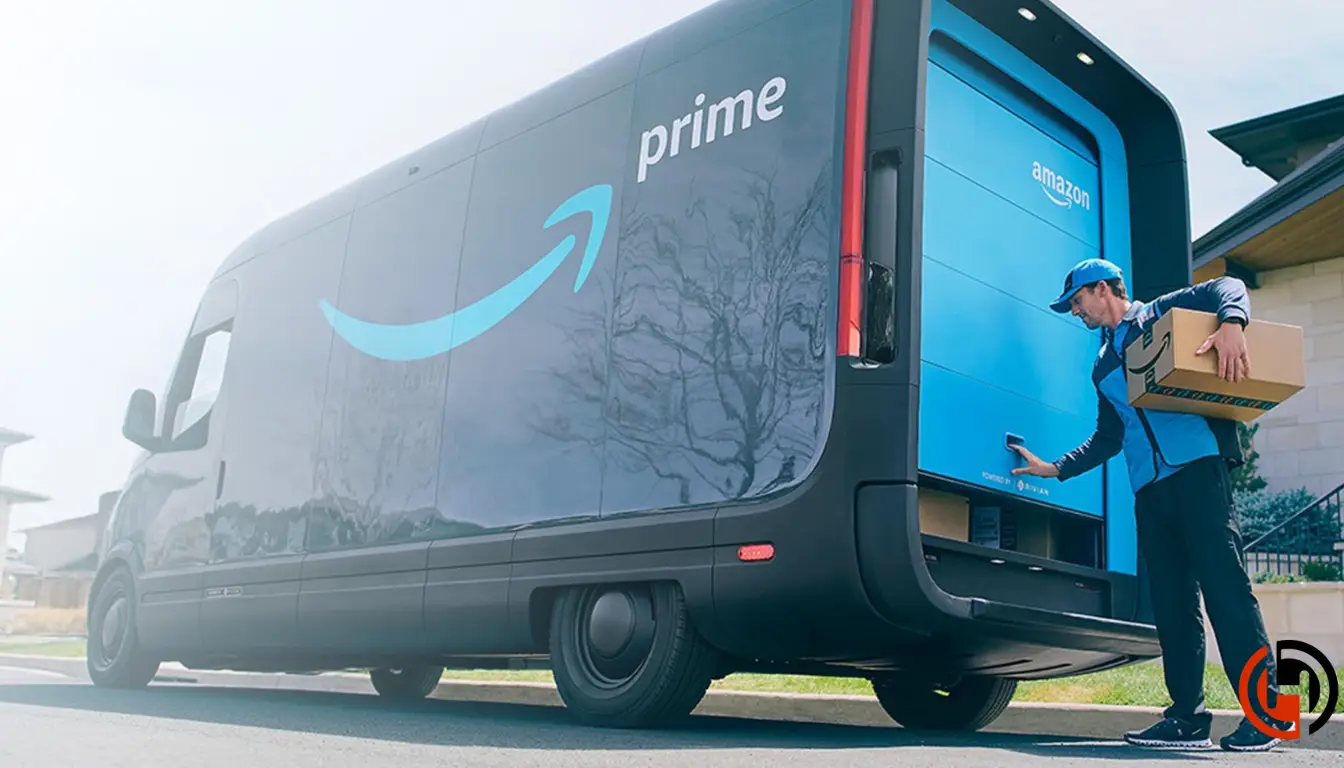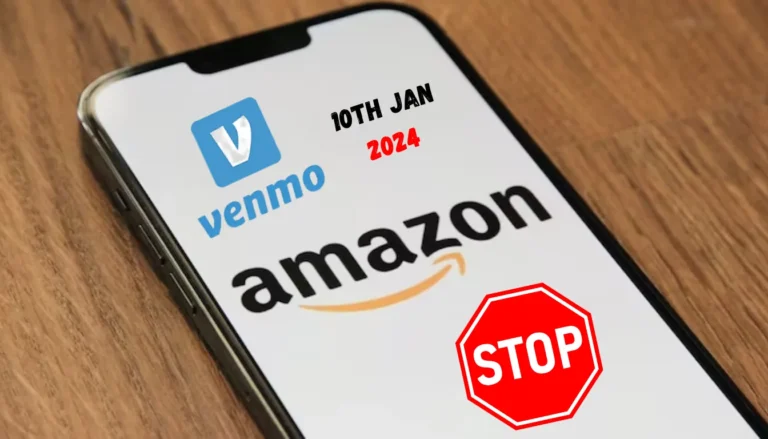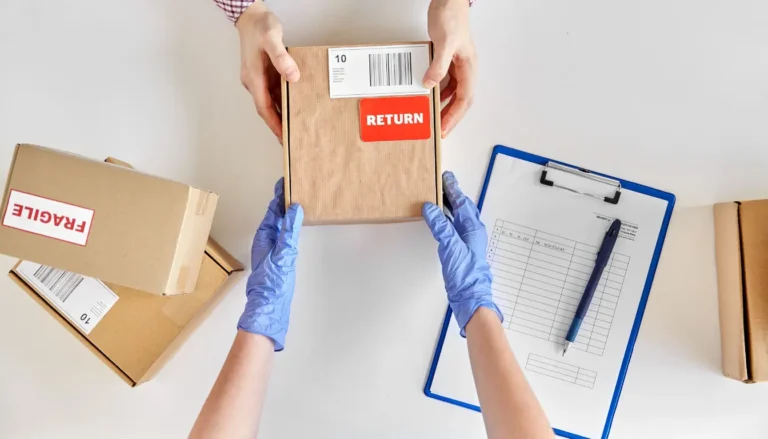How Much Do Amazon Drivers Make? Everything You Need to Know!
Amazon delivery drivers play a key role in the company logistics, leading many to wonder: How much do Amazon drivers make? The average hourly pay for these drivers is approximately $19.29, which exceeds the national average for similar positions. Understanding the various roles available, such as DSP associates and Flex drivers, can provide insight into the different pay rates and working conditions.
This article will explore the payment structures for Amazon drivers, highlighting the factors that influence their earnings. By examining the distinctions between these two main types of drivers, readers will gain a clearer picture of what to expect when considering a position with Amazon.
Key Takeaways
- Amazon drivers earn an average hourly wage of about $19.29.
- Earnings vary between DSP associates and Flex drivers.
- Factors like location and job type can influence overall pay.
How much Do Amazon Drivers Make (Both Drivers)
| Driver Type | Average Hourly Wage | Earnings Range | Annual Earnings | Benefits |
| DSP Drivers | $19.29 | $19.29 | ~$43,207 | Health insurance, paid time off |
| Flex Drivers | $18 – $25 | Up to $25.07 in high demand | Varies (based on hours) | Non traditional benefits; independent |
Types of Amazon Delivery Drivers
Amazon employs various types of delivery drivers to meet its vast logistics needs. The two main categories are Amazon DSP drivers and Amazon Flex drivers, each with distinct responsibilities and payment structures.
Amazon DSP Drivers
Amazon DSP (Delivery Service Partner) drivers work for a network of independent delivery companies. They typically drive Amazon-branded vans and deliver packages directly to customers. These drivers are employed by the DSP companies and not directly by Amazon.
They earn an average hourly wage of around $19.29, which is above the national average. Their earnings can vary based on location and experience. DSP drivers have set schedules and can expect consistent hours each week.
Furthermore, drivers may receive benefits like health insurance and paid time off, depending on the DSP company. They undergo training to ensure safe driving practices and efficient delivery processes.
Amazon Flex Drivers
Amazon Flex drivers operate independently and have more flexibility in their work hours. They use their own vehicles for deliveries and can choose when to work. This model allows for greater control over their schedule.
The pay for Flex drivers ranges from $18 to $25 per hour, depending on demand and delivery volume. However, they are responsible for their own expenses, such as gas and maintenance.
Flex drivers pick up packages from Amazon delivery stations per scheduled block of time. While they have the freedom to choose their hours, this job comes with unpredictable workloads. Flex drivers must stay organized and manage their time effectively to maximize earnings.
Payment Structure for Amazon Drivers
Amazon drivers have a structured payment system that includes various components. Their income is primarily influenced by the hours they work, the type of deliveries they make, and any additional bonuses available.
How Are Drivers Paid?
Amazon drivers are generally paid on an hourly basis. They can earn between $18 to $25 per hour depending on factors like location and delivery type.
Drivers working with Amazon Flex have a unique payment structure. They receive a guaranteed base pay for the hours they book. Importantly, they keep 100% of their tips, which can significantly boost earnings.
Payments are made through direct deposit, with drivers choosing how often they wish to receive their earnings. Many appreciate this flexibility, as it allows for better financial planning.
Bonuses and Incentives
In addition to base pay, Amazon drivers can earn bonuses and incentives. These can be tied to customer ratings, safety, and delivery speed.
During peak seasons, such as holidays, drivers may benefit from higher pay rates. Occasionally, Amazon runs special promotions that offer extra bonuses for delivering during busy periods.
Some drivers report that meeting certain targets can lead to additional earnings. It’s an important aspect for those looking to maximize their income while driving for Amazon.
Common Downsides and Complaints from DSP Drivers
While the payment structure is appealing, some drivers have raised concerns. One common complaint is the high level of vehicle wear and tear. Drivers are responsible for their own vehicles, and this can lead to unexpected maintenance costs.
Another issue is the inconsistent hours. Some drivers find it challenging to get regular shifts, leading to fluctuations in income. This can make budgeting difficult for those relying on Amazon driving as their primary source of income.
Moreover, the pressure to complete deliveries quickly can be stressful, which is frequently mentioned in driver feedback.
Factors Influencing Earnings
Several key factors affect how much Amazon drivers can earn. Geographic location plays a significant role, along with a driver’s experience and tenure. Seasonal demand can also impact earnings in different ways.
Geographic Location
Drivers in urban areas often earn more than those in rural locations. This is due to higher demand for deliveries and increased cost of living.
For example, Amazon Flex drivers in cities like New York or Los Angeles may earn around $25.07 per hour. In contrast, drivers in smaller towns may see earnings closer to $18 per hour.
Additionally, local competition affects pay. In regions with many other delivery services, Amazon may offer bonuses or higher rates to attract drivers. States with higher minimum wages also lead to better earnings for Amazon drivers.
Experience and Tenure
Experience and how long a driver has been with Amazon can significantly change earnings. New drivers might start at lower pay rates, typically between $18 and $25 per hour.
Over time, as they build a reputation and learn efficient routes, their pay can increase. Drivers with more experience also tend to receive more delivery blocks, leading to more opportunities for earnings.
Amazon may offer incentives for long-term drivers, rewarding loyalty with better pay rates or bonuses.
Seasonal Demand
Seasons impact how many packages need to be delivered. During holidays, like Christmas, demand increases sharply. Drivers can expect to make more than usual during this time.
In contrast, summer months or after major holidays may see decreased demand. Many drivers will notice a drop in available delivery blocks and overall pay. This fluctuation in demand directly affects how much Amazon drivers can earn throughout the year.
Comparing Amazon DSP and Flex Earnings
Amazon drivers have different earning structures depending on whether they work for Delivery Service Partners (DSPs) or as Flex drivers. Understanding the differences in wages, benefits, job requirements, and potential downsides is crucial for anyone considering a driving position with Amazon.
Wage Comparison
Drivers for Amazon DSPs typically earn by the route or package delivered. For example, a route with over 300 packages can pay around $750. Routes with fewer packages pay less, with rates decreasing to about $450 for under 200 packages.
On the other hand, Amazon Flex drivers earn based on the hours they work. In recent reports, average earnings for Flex drivers were about $363.67 per month, with variations depending on hours and demand. Both positions offer ways to earn bonuses during busy periods, but the pay dynamics can differ significantly.
Benefits and Perks
DSP employees often have access to better benefits than Flex drivers. DSPs usually provide health insurance, paid time off, and retirement plans. This can make DSP positions more appealing in terms of job security and long-term benefits.
Flex drivers, however, are considered independent contractors. This means they have more flexibility over their schedules but often miss out on traditional benefits.
They may need to secure their own health insurance and do not receive paid leave or vacation days.
Job Requirements
Amazon DSP drivers typically require a commercial driver’s license (CDL) or a standard driver’s license with a clean record. They also need to complete training programs specific to their DSP.
Flex drivers can usually start with just a regular driver’s license and a reliable vehicle. They must pass a background check and meet basic insurance requirements, but the entry barriers are generally lower. This can make Flex driving more accessible to many.
Downsides and Complaints
DSP drivers sometimes face long hours and physically demanding work. They often must meet strict delivery quotas, which can lead to stress and job-related fatigue.
Flex drivers enjoy flexibility but may report inconsistent earnings due to variable hour availability. Additionally, they often lack the stability that a DSP position might offer, leading to financial unpredictability. Many Flex drivers also express concerns about the lack of benefits, which can be a significant downside in the long run.
Accessing Earnings Information
Knowing how to view past payments and change bank details is essential for Amazon drivers. This section explains how to manage both aspects effectively.
How to View Past Payments
Amazon drivers can easily check their past payments through the Amazon Flex app. They need to log in to their account and navigate to the “Earnings” section.
Here, they will find a summary of their earnings, including totals for specific pay periods. It helps to click on each payment to see detailed information.
This includes the date, amount earned, and any bonuses received. Drivers can also download their payment history for record-keeping.
Keeping track of this information is important for budgeting and tax purposes.
Changing Bank Details
To change bank details, drivers must access their account settings within the Amazon Flex app. After logging in, they should go to the “Payment” section.
In this area, there is an option to update bank account information. Drivers need to enter their new bank account details carefully.
They should double-check for any mistakes to prevent payment issues. Once submitted, the changes usually take effect within a few business days.
It’s always smart for drivers to ensure their information is up to date to avoid payment delays.
Delivery Driver Salaries Across the U.S.
Delivery driver salaries can vary significantly depending on location and demand. Factors such as state average wages, cost of living, and local job markets play a crucial role in determining how much drivers earn.
Average Salaries by State
In the United States, the average salary for Amazon delivery drivers is influenced by the region they work in. On average, drivers make around $19.28 per hour, which is higher than the national minimum wage.
Here are some average salaries by state:
- California: $23.50 per hour
- New York: $21.00 per hour
- Texas: $18.00 per hour
- Florida: $17.50 per hour
- Illinois: $19.00 per hour
These figures reflect differences in living costs and local demand. States with a higher cost of living tend to pay more. Additionally, some states offer better benefits, such as health insurance and paid time off.
Trends in Earnings
The earnings for Amazon delivery drivers have seen noticeable trends in recent years. As online shopping grows, demand for delivery drivers has led to increased pay rates in many areas.
Many drivers now find opportunities through Amazon Flex, where they can set their own schedules and earn about $25.07 per hour.
This pay rate is higher than traditional delivery options, such as UberEats or DoorDash.
Changes in driver payment systems also impact earnings. For instance, drivers can view past payments through the Amazon Flex app.
Additionally, it is simple for drivers to change their bank details for direct deposit payments. This allows for better management of finances and timely payment for services rendered.
Frequently Asked Questions About how much do amazon drivers make
Understanding the earnings of Amazon drivers can help potential candidates know what to expect. The following questions address the specifics regarding hourly wages, state differences, weekly and annual earnings, and pay structures for deliveries.
What is the hourly wage for Amazon drivers?
Amazon drivers typically earn between $18 to $26 per hour. According to recent data, the average hourly wage for Amazon delivery drivers is roughly $21, which adds up to significant weekly income.
Are Amazon drivers compensated more in certain states?
Yes, wages can vary by state. For example, drivers in certain regions may earn more due to cost of living and demand. Some states report hourly pay higher than the national average.
What can an Amazon driver expect to earn in a week?
Weekly earnings depend on hours worked and trips completed. On average, a full-time Amazon driver can expect to earn around $800 to $1,200 per week, with many drivers working flexible hours based on demand.
Is the monthly income for Amazon drivers competitive?
The monthly income for Amazon drivers can be considered competitive. For full-time drivers, monthly earnings can range from $3,200 to $4,800, depending on hours and trips worked.
How much do Amazon drivers earn annually?
The annual earnings for Amazon drivers average just over $43,000. This amount can vary based on hours worked and the number of deliveries made throughout the year.
Do Amazon drivers receive payment based on the number of deliveries made?
Yes, some Amazon drivers receive payment based on the number of deliveries completed. For instance, Amazon Flex drivers earn per trip completed. This can increase overall earnings based on efficiency and workload.
Conclusion
In conclusion, when exploring how much do Amazon drivers make, it’s clear that their earnings vary significantly based on role and location. The national average salary is approximately $43,207 annually, or about $21 per hour. Amazon Flex drivers typically earn between $18 and $25 per hour, with some able to reach up to $25.07 in high-demand areas. However, it’s crucial to consider that drivers are responsible for their own vehicle expenses, such as gas and maintenance, which can affect their overall take-home pay. Understanding these factors provides valuable insight for anyone interested in a driving position with Amazon.







